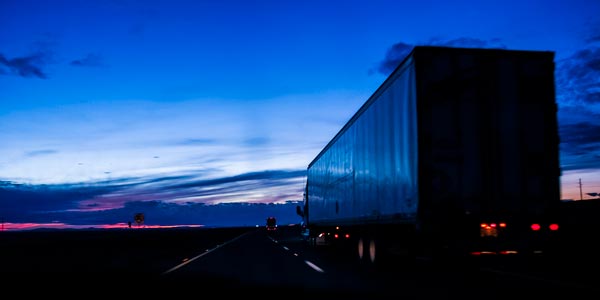A proactive maintenance program can help owners and operators prevent breakdowns and costly unplanned downtime. For fleets looking to identify potential mechanical failure before it becomes too serious or expensive to repair, used oil analysis is a vital tool.
Three steps to used oil analysis
Lubricants are the lifeblood of an engine. Used oil analysis is akin to preventative medicine—a tool to monitor and identify any potential concerns or issues with the overall health of engine operation. Used oil analysis is a simple three-stage process which involves taking a representative sample of the oil, sending it to a qualified used oil analysis laboratory and then interpreting and, vitally, acting upon the recommendations of the results.
By incorporating used oil analysis into a proactive maintenance program, technical service advisors can evaluate results and trends on an ongoing basis, establishing over time when and where end-users’ likely costs are going to occur. Identifying trends provides the basis for a better-informed maintenance schedule. For example, regular used oil analysis offers the potential to safely extend oil drain intervals, which provides fleet owners with another opportunity to reduce maintenance costs and keep their vehicles on the road for longer between scheduled maintenance.
Extending drain intervals should always be undertaken in conjunction with an oil analysis program.
Reading into the results
Lubricant experts and technical service advisors can share their detailed knowledge and experience of used oil analysis report interpretation; however, it’s useful for fleet managers to also be able to understand what the results could mean for their fleet. Fleet managers know their equipment and what they need from it, and can foresee when it will be under more pressure and needs to be operating at maximum capacity. By understanding how to analyze the reports, trends and anomalies in results can be identified quickly and maintenance schedules updated as required, in line with commercial demands.
There are several common anomalies to look out for when reading the results of a used oil analysis report. If a report highlighted that coolant or glycol is present in the engine oil, it could be the result of a failing EGR cooler seal, which would require immediate attention from a mechanic and potentially an oil change. The presence of silicon, potassium or sodium could be one of the first signs that this is taking place, so these are important properties to keep an eye on.
Increases in iron and aluminum can be indicators of a failing camshaft, coolant leak attacking the liners, or the engine requiring mechanical adjustment. By spotting the signs early, it’s much easier and significantly more cost-effective to undertake small maintenance tasks before the issues become too expensive and serious to repair.
One of the most important anomalies to look for is the presence of unburnt fuel combined with an increase in common wear metals (iron, aluminum, lead and copper) as these are signs that the protection of vital engine components may be compromised. In this situation, expert lubricant advice and mechanical expertise should be sought to help resolve the issues.
By incorporating used oil analysis into a proactive maintenance schedule, fleet managers can predict engine wear throughout service life and respond to issues before they become too serious or expensive to repair. Not only can this help manage fleet maintenance, but it can also prevent breakdowns and unplanned downtime. In short, proactive maintenance might be a given for most equipment owners but combining it with simple-to-adapt tools such as used oil analysis can save fleet managers time and money.
This article was contributed by Darryl Purificati, OEM technical liaison for Petro-Canada Lubricants.














